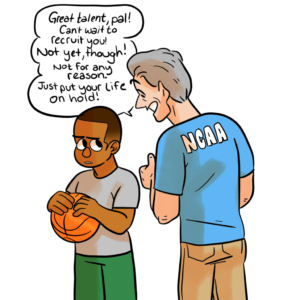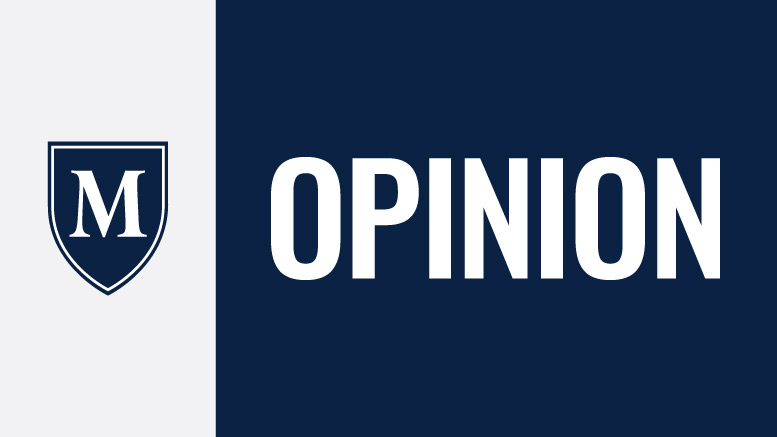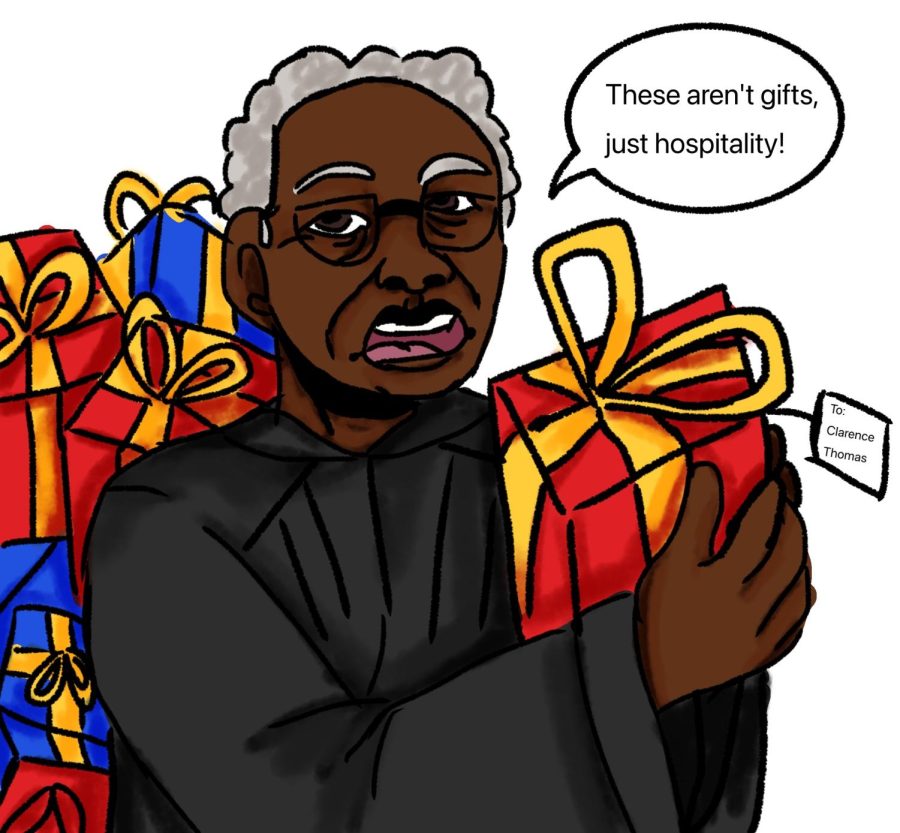The staff editorial is the majority opinion of The Murray State News Editorial Board.
 If you have a television, radio or internet access, chances are you’re aware basketball season is in full swing. And for those keeping score, the Murray State Racers are having an exceptionally great season so far.
If you have a television, radio or internet access, chances are you’re aware basketball season is in full swing. And for those keeping score, the Murray State Racers are having an exceptionally great season so far.
But while the points are adding up for college teams across the nation, the paychecks certainly are not.
Thanks to NCAA amateurism standards, student athletes (a loaded term in itself) are required to abide by pages upon pages of guidelines in order to play for their chosen university. This includes being barred from accepting funds beyond those considered reimbursement for self-accrued participation costs. That means no endorsement deals or comped meals—not even a McDouble!
Much like the Prohibition drove the alcohol business underground during the ‘20s, these stringent rules have only served to create a seedy pay-for-play market out of the public eye. The practice has become so widespread and integrated into NCAA culture that the FBI has become involved, and these men and women in black certainly aren’t looking to play around.
There’s one big question being passed around: why can’t the players get paid what they’re worth? Since the NBA began requiring at least one year of collegiate experience before qualifying for the draft, the college basketball business has exploded. And since the NCAA tightened its vice-like grip on the cash flow from said business, these athletes are missing out on huge opportunities to make serious money.
Though to be fair, they do often receive other forms of compensation.
According to the NCAA website, “In the collegiate model of sports, the young men and women competing on the field or court are students first, athletes second.” Student athletes more often function as university recruiting tools than, well, students. To bolster this thin illusion, many athletes are given scholarships. So even though many collegiate basketball players only complete one year of school before moving on to professional play, they’re siphoning scholarships which could go to those serious about their studies.
The “students first, athletes second” tagline is a farce that has gone on far too long. This is not meant to discredit the work many college athletes put into completing their respective degrees, but to illuminate the “one and done” trend in collegiate sports. It’s been a long-running joke with more than a pinch of truth.
So why waste everyone’s time? Why not let athletes compete professionally directly out of high school? Who loses when they’re given the freedom to choose?
The short answer is the NCAA and the NBA. Since the draft rule changes in 2006, the college sports industry has become very successful. It was big before, but could anyone really fathom how much money was to be made by coaches with winning streaks and organization officials? Well, yes, they did. Protecting the interests of new and established players was the facade, but money was the motive.
As has been brought to light with the recent investigation, the current collegiate athlete system is failing its players. Our nation’s cash-strapped universities shouldn’t have to pay these athletes as if they’re employees (they are “students first,” after all).
Instead, the rule-making bodies must evolve. If these athletes have to play in college first, then allow them to be paid. A comped meal shouldn’t disqualify the hard work they have put into their careers.
Or better yet, ditch the college requirements altogether. Let them do what they want to do: play basketball. The NCAA and universities shouldn’t be earning money off of the hard work of others.
The current FBI investigation threatens to put everyone’s brackets in jeopardy. To save what’s left of the honor and integrity in American sports, we have to leave behind the notion that these athletes are commodities to be purchased at a steep discount.




























































































